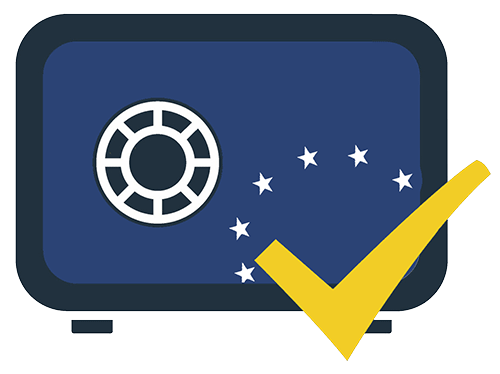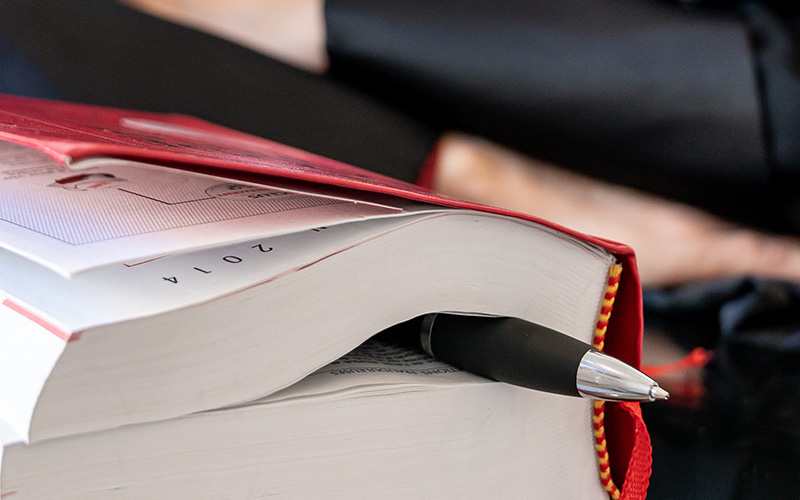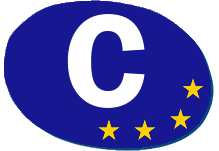Most of the objects we use nowadays, such as smartphones, computers or even medicines, are innovations that may have been patented. The purpose of patents is to allow inventors to secure and make their inventions profitable to encourage innovation.
- What is a patent?
A patent is a title of ownership that provides protection under patent law, a branch of intellectual property. It protects inventions that bring a new technical solution to a given technical problem. It provides a 20-year monopoly on the patented innovation, assuming that annual fees are paid. It offers a powerful competitive advantage.
A patent must be applied for at the Institut National de la Propriété Intellectuelle (INPI) in France. Various inventions can be patented; however, the invention must meet certain criteria: the invention must be new, be susceptible to industrial application and result from an inventive step. Also, some inventions are expressly considered non-patentable (For more details see our advanced legal information on patent criteria and non-patentable inventions).
Once registered, the patent is valid for 20 years from the filing date. At the end of these 20 years, it will fall into the public domain.
However, applying for a patent is a long process. It is strongly recommended to be accompanied either by the French INPI, a patent attorney or a lawyer in the preparation and filing of a patent application so that everything goes as smoothly as possible.
- What is the difference with the Copyright.eu anteriority certificate?
The Copyright.eu anteriority certificate makes it possible to prove that your creations existed at a certain date and that you are the author, by obtaining a qualified electronic timestamp and the intervention of a bailiff, bringing an evidential value at the international level.
In many cases, it is essential to obtain proof of anteriority for an invention to date it and prove that you are its author, particularly in the event of a future copy or challenge by a competitor. Also, Copyright.eu certificates allow you to benefit from the right of prior personal possession. To find out more, we recommend that you read our article on securing inventions with the Copyright.eu certificate.
Thus, obtaining a Copyright.eu certificate is an ideal starting point for considering a patent application at a later stage, as one of the criteria for patentability is novelty, and it is imperative to keep the invention secret. It is therefore important to safeguard the secrecy with non-disclosure agreements, while simultaneously dating the creation and its development/improvement phases with a Copyright.eu anteriority certificate, to maximise confidentiality and deterrence before a potential patent application.
See our articles on patents:
- What is a patent?
- What can be patented?
- What are the conditions for applying for a patent?
- How to obtain patent protection?
- The cost of a patent
- The life of a patent
To apply for a Copyright.eu anteriority certificate, the process can be completed online. Please visit the following address: https://www.copyright.eu/en/online-copyright-deposit-protect-creations/how-to-file-a-copyright/









